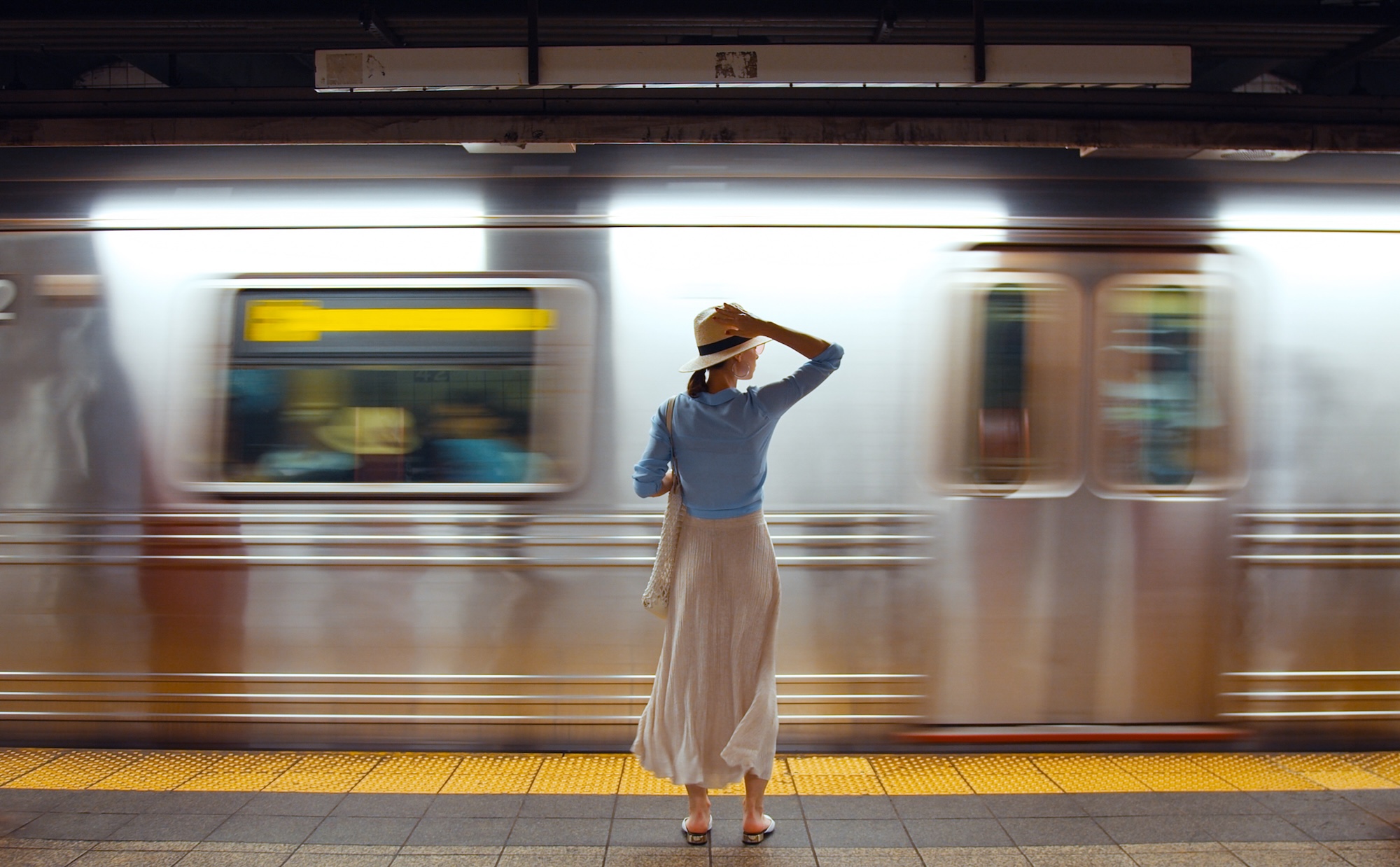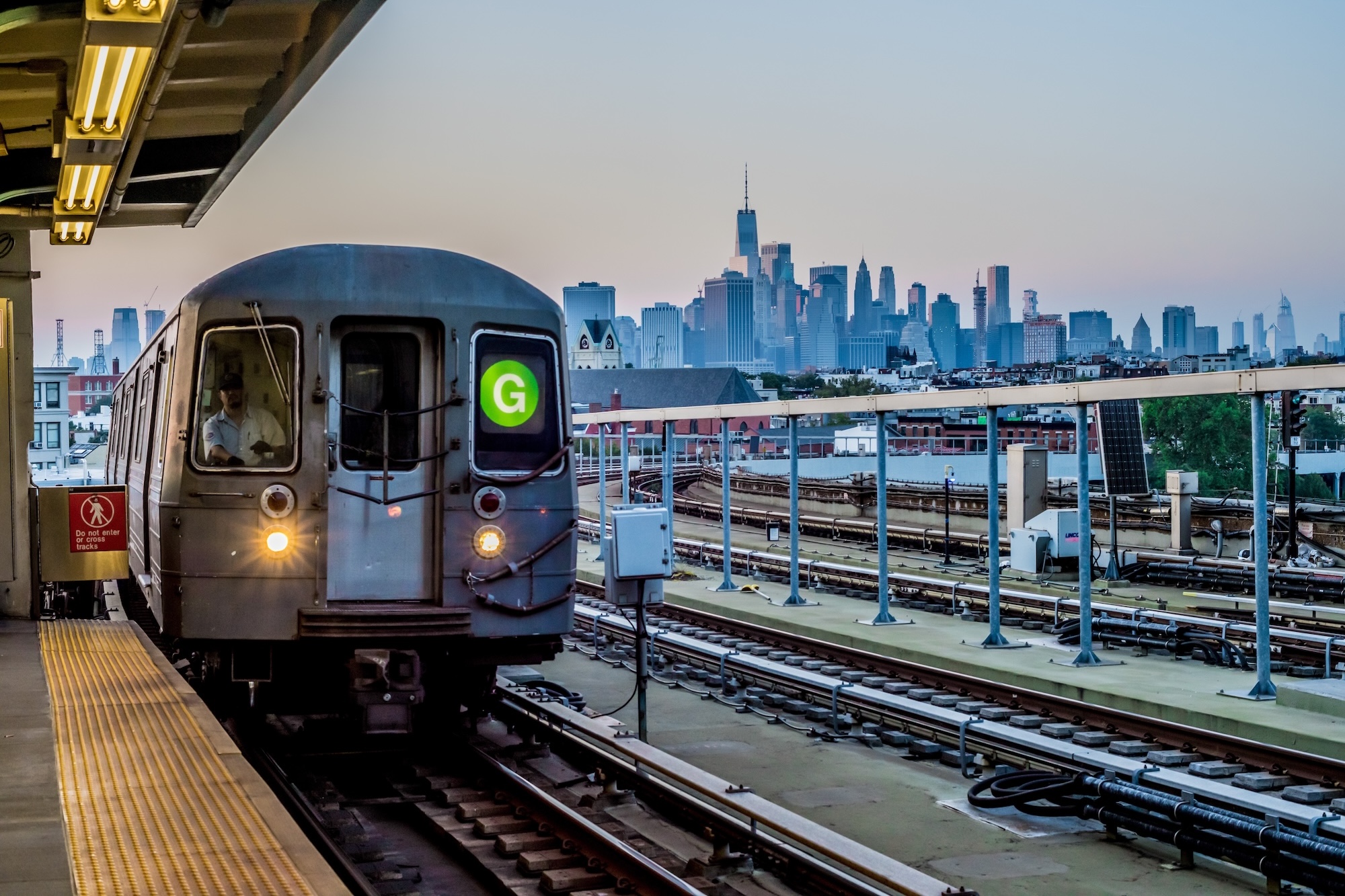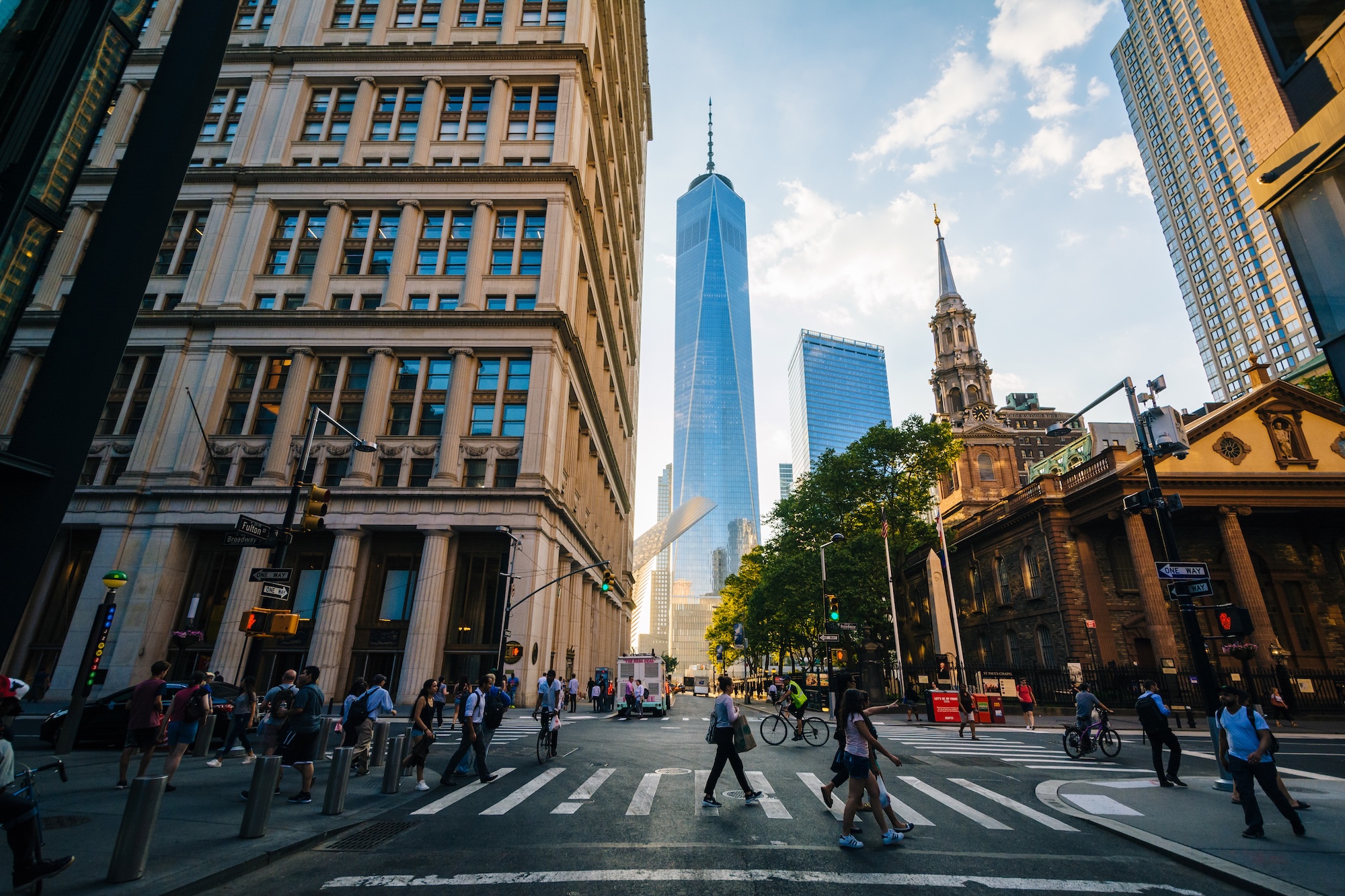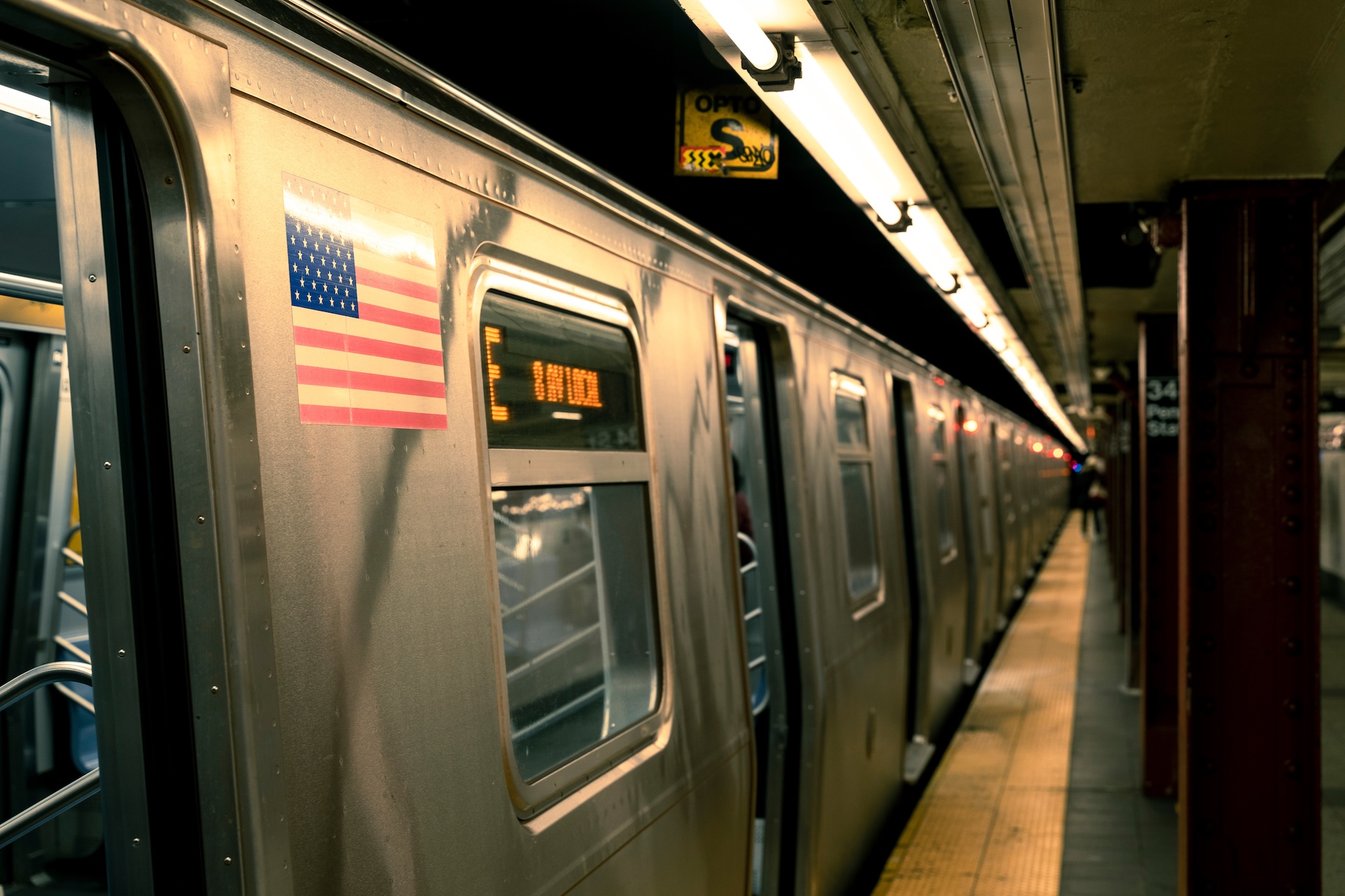7 Vital Tips for Navigating New York City’s Subway System
New York City’s subway system is one of the most iconic and intricate transit systems in the world. For both first-time visitors and seasoned tourists, using the subway can seem daunting at first. But fear not! With a little preparation and some basic know-how, you’ll be zipping through the city like a local in no time.
In this guide, we’ll provide essential tips and advice for navigating the New York City subway system, helping you make the most of your journey in the Big Apple.
1. Know Your Subway Lines
New York’s subway system is vast, consisting of 24 different lines, all represented by either a letter or number. The first step in navigating the subway is understanding which lines will get you to your destination.
- Numbered Lines (1-7): These lines typically cover the major boroughs and offer local or express service. For example, the 1, 2, and 3 lines run along the West Side of Manhattan, while the 4, 5, and 6 lines serve the East Side.
- Lettered Lines (A, B, C, etc.): These lines are more commonly found in the outer boroughs, with the A, C, and E lines running through Manhattan.
Use apps like Google Maps, Apple Maps, or the The Metropolitan Transportation Authority’s (MTA) official subway map to plan your route ahead of time. If you’re unsure which train to take, check the signs in the stations that provide helpful directions.
2. Get a MetroCard
To ride the subway, you can use a MetroCard, which is used to pay for your rides. These can be purchased at vending machines located in every subway station. The standard fare is $2.90 per ride, but you can load your MetroCard with pay-per-ride amounts or buy a 7-day unlimited ride card if you plan on taking the subway frequently.
3. Use OMNY (Contactless Payment Reader)
Good news for subway riders: you no longer need to use a MetroCard to travel on the New York City subway! The city has introduced the OMNY (One Metro New York) system, a fast, convenient, and contactless way to pay for your subway fare. With OMNY, you can skip the lines at the MetroCard vending machines and instead use your smartphone, smartwatch, or contactless credit/debit card to enter and exit the subway with ease.
How to Set Up OMNY
- Using Your Smartphone or Smartwatch:
- iPhone or Apple Watch: If you’re an Apple user, simply set up Apple Pay. Add your credit or debit card to the Wallet app, and when you board the subway, hold your phone or watch over the OMNY reader at the turnstile.
- Android Devices: For Android users, you can use Google Pay to store your payment information. When you approach the OMNY reader, just tap your phone or smartwatch to the reader.
- Using a Contactless Card: If you have a contactless credit or debit card (with the tap symbol), you can use that directly at the OMNY reader at any subway entrance or exit.
- Setting Up OMNY on Your Device:
- Apple Pay: Open the Wallet app, tap the “+” symbol, and follow the steps to add your bank card or other payment methods. Make sure your device is set to use this card as the default payment method.
- Google Pay: Open the Google Pay app, tap “Payment methods,” and add your card. Ensure it’s selected as your default payment option when you tap the OMNY reader.
How It Works
When you tap your phone, watch, or card at the OMNY reader, the system automatically charges you the regular fare of $2.90, just like a traditional MetroCard swipe. The best part? You won’t have to worry about running out of funds or losing a card—just tap and go!
Benefits of OMNY
- No MetroCard required: No need to purchase or refill a MetroCard.
- Faster and More Convenient: Tap your device and keep moving.
- Track Your Rides: You can track your ride history and payments via the OMNY website or app.
- Same Fare as MetroCard: OMNY charges the same $2.90 per ride as a standard MetroCard, and there’s no extra fee for using the contactless payment system.
4. Understand Subway Schedules and Timing
Unlike other forms of transportation, the subway doesn’t operate on a “set schedule” like buses. Instead, trains run at varying intervals depending on the time of day and the line. During peak hours (7 a.m. – 9 a.m. and 5 p.m. – 7 p.m.), trains run more frequently.
For real-time updates, you can use apps such as Citymapper or the official MTA app to check train schedules and any potential delays.
5. Safety and Etiquette
While the subway is a generally safe mode of transport, it’s always important to stay aware of your surroundings. Here are some basic safety tips:
- Be aware of your belongings: Pickpocketing can occur, especially during crowded times, so keep your personal items secured.
- Stand behind the yellow line: For your safety, always stand behind the yellow line on the platform while waiting for the train.
- Offer your seat: The subway can get crowded, so if you’re able, offer your seat to those who need it, such as the elderly or pregnant individuals.
Etiquette Tips:
- Avoid loud conversations or music: New Yorkers value their peace and quiet on public transport, so be considerate of those around you.
- Give up your seat if necessary: New Yorkers are generally respectful, and offering your seat can go a long way in making the ride more pleasant for everyone.
6. Exiting the Subway
When you reach your destination, simply follow the signs to the station exit. Keep an eye on the subway map inside the trains to ensure you don’t miss your stop. Additionally, most subway stations are equipped with elevator access if you have mobility challenges, but it’s always a good idea to check for specific access points before traveling.
7. Dealing with Delays
Sometimes delays are inevitable, whether due to construction, maintenance, or unexpected issues. If a train is running late or experiences an outage, the MTA will announce alternative routes or provide guidance to help you get to your destination. It’s helpful to have a backup plan or a nearby station in mind in case you need to reroute.
Conclusion
The New York City subway system is an essential part of the city’s infrastructure, and with these tips, you’ll be able to navigate it like a true New Yorker. Whether you’re heading to a Broadway show, exploring Central Park, or going to Brooklyn, the subway is the quickest and most efficient way to get around the city. So, grab your MetroCard (or prepare your smart device and/or contactless credit/debit card), get on the right train, and start exploring all that New York has to offer!

History and Fun Facts About the NYC Subway
The New York City subway system is more than just a transportation network—it’s a vital part of the city’s history and a marvel of engineering. Here are some interesting facts that may surprise you about the system:
- A Historic Beginning: The NYC subway officially opened on October 27, 1904, with just 28 miles of track, serving around 150,000 riders a day. The system was originally envisioned as a solution to the city’s increasing traffic congestion and rapid population growth.
- Massive Network: Today, the subway spans over 665 miles of track, making it the largest subway network in the United States and one of the largest in the world. It operates 24/7, offering a staggering 5.5 million rides daily on weekdays.
- Complex System of Lines: The subway has 24 different lines, which are represented by either numbers or letters, running through four boroughs—Manhattan, Brooklyn, Queens, and the Bronx. The system includes a mix of local, express, and shuttle services, ensuring flexibility for commuters and tourists alike.
- Total Track Length: The subway boasts over 660 miles of track, which would stretch from New York City all the way to Chicago!
- A City Built Below Ground: The subway is an impressive feat of construction. Much of it is underground, but some stretches run elevated through parts of Brooklyn and Queens. The system includes over 472 stations, with over 1,000 miles of total track in all.
- A Ride Across History: The subway is a constant work-in-progress. With its age, certain lines and stations have been revamped or renovated over the years, but many of the original tunnels still exist today, standing as a testament to the city’s resilience.
- Safety: The subway system is generally safe, with millions of riders each day. However, like any major city, it’s always good to exercise caution, especially late at night. The MTA has implemented safety measures, including cameras in stations and regular police patrols, to ensure passenger safety.
- Subway Music and Art: The subway is also home to a rich culture of art and music. From musicians busking on platforms to subway stations showcasing public art, the subway provides a unique environment for artistic expression.
- The Subway’s Role in Film and Television: The NYC subway has been featured in countless films and TV shows, including “The Warriors” (1979), “The Taking of Pelham 123” (1974), and more recently, “Spider-Man” films. It’s an essential part of the city’s cinematic identity.
Navigating the subway might seem like a challenge at first, but once you familiarize yourself with the system, you’ll see why it’s an essential part of what makes New York City tick. Whether you’re riding to your next adventure or simply marveling at the art and history, the subway is a vital link in the city’s cultural and functional fabric.












